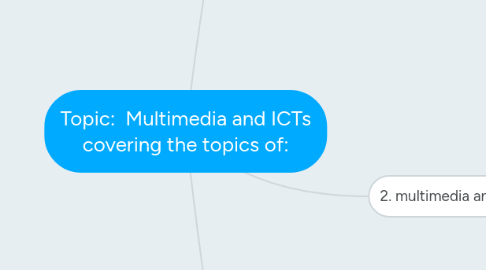
1. 1. Rich content in the online environment and the user experience
1.1. A rich Internet application (RIA; sometimes called an Installable Internet Application) is a Web application that has many of the characteristics of desktop application software, typically delivered by way of a site-specific browser, a browser plug-in, an independent sandbox, extensive use of JavaScript, or a virtual machine.[1] Adobe Flash, JavaFX, and Microsoft Silverlight are currently the three most common platforms, with desktop browser penetration rates around 96%, 76%, and 66%, respectively (as of August 2011).[2]
1.1.1. Google trends shows (as of September 2012) that frameworks based on a plug-in are in the process of being replaced by HTML5/JavaScript-based alternatives.[3][4]
1.1.1.1. Users generally need to install a software framework using the computer's operating system before launching the application, which typically downloads, updates, verifies and executes the RIA.[5] This is the main differentiator from HTML5/JavaScript-based alternatives like Ajax that use built-in browser functionality to implement comparable interfaces. As can be seen on the List of rich Internet application frameworks which includes even server-side frameworks, while some consider such interfaces to be RIAs, some consider them competitors to RIAs; and others, including Gartner, treat them as similar but separate technologies.[6]
1.1.1.1.1. RIAs dominate in browser based gaming as well as applications that require access to video capture (with the notable exception of Gmail, which uses its own task-specific browser plug-in).[7] Web standards such as HTML5 have developed and the compliance of Web browsers with those standards has improved somewhat.
1.2. Google trends shows (as of September 2012) that frameworks based on a plug-in are in the process of being replaced by HTML5/JavaScript-based alternatives.[3][4]
1.3. Users generally need to install a software framework using the computer's operating system before launching the application, which typically downloads, updates, verifies and executes the RIA.[5] This is the main differentiator from HTML5/JavaScript-based alternatives like Ajax that use built-in browser functionality to implement comparable interfaces. As can be seen on the List of rich Internet application frameworks which includes even server-side frameworks, while some consider such interfaces to be RIAs, some consider them competitors to RIAs; and others, including Gartner, treat them as similar but separate technologies.[6]
1.4. RIAs dominate in browser based gaming as well as applications that require access to video capture (with the notable exception of Gmail, which uses its own task-specific browser plug-in).[7] Web standards such as HTML5 have developed and the compliance of Web browsers with those standards has improved somewhat.
2. 2. multimedia and interactivity
2.1. Interactive media normally refers to products and services on digital computer-based systems which respond to the user’s actions by presenting content such as text, moving image, animation, video, audio, and video games.
3. 3. Web 2.0, Web 3.0, and user participation in the web
3.1. Web 2.0 describes World Wide Web websites that emphasize user-generated content, usability (ease of use, even by non-experts), and interoperability (this means that a website can work well with other products, systems and devices) for end users. The term was popularized by Tim O'Reilly and Dale Dougherty at the O'Reilly Media Web 2.0 Conference in late 2004, though it was coined by Darcy DiNucci in 1999.[1][2][3][4] Web 2.0 does not refer to an update to any technical specification, but to changes in the way Web pages are made and used.
3.1.1. A Web 2.0 site may allow users to interact and collaborate with each other in a social media dialogue as creators of user-generated content in a virtual community, in contrast to the first generation of Web 1.0-era websites where people were limited to the passive viewing of content. Examples of Web 2.0 include social networking sites and social media sites (e.g., Facebook), blogs, wikis, folksonomies ("tagging" of websites and links), video sharing sites (e.g., YouTube), hosted services, Web applications ("apps"), collaborative consumption platforms, and mashup applications, that allow users to blend the digital audio from multiple songs together to create new music.
3.1.1.1. Whether Web 2.0 is substantively different from prior Web technologies has been challenged by World Wide Web inventor Tim Berners-Lee, who describes the term as jargon.[5] His original vision of the Web was "a collaborative medium, a place where we [could] all meet and read and write".[6][7] On the other hand, the term Semantic Web (sometimes referred to as Web 3.0)[citation needed] was coined by Berners-Lee to refer to a web of data that can be processed by machines.[8]

